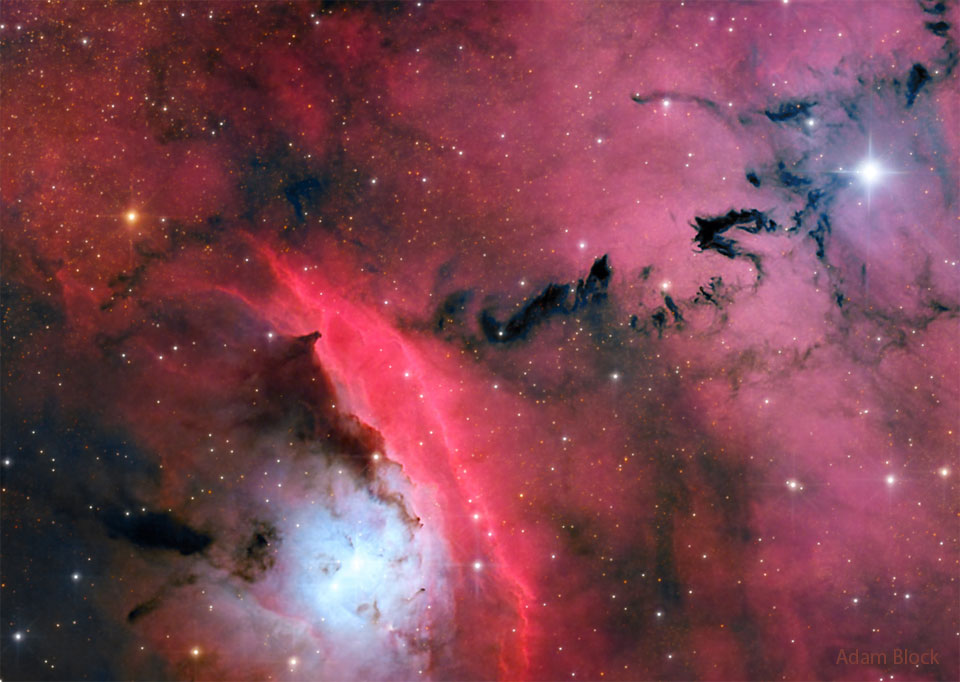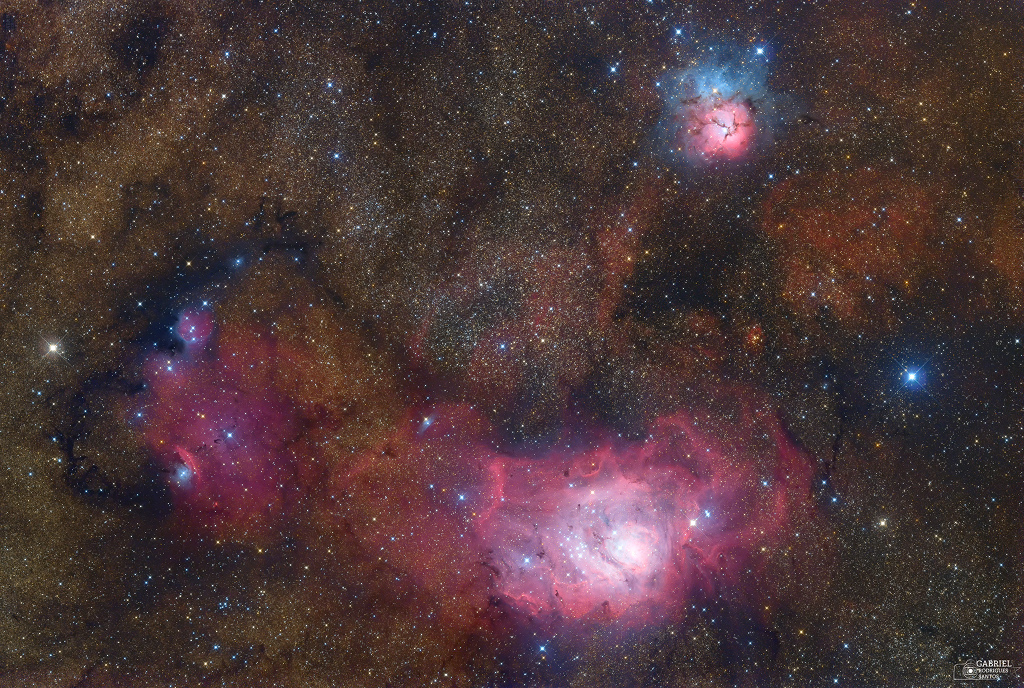NGC 6559的恒星、尘埃、与星云
2023年7月10日 Stars, Dust and Nebula in NGC 6559 Image Credit & Copyright: Adam Block, Telescope Live Explanation: When stars form, pandemonium reigns. A textbook case is the star forming region NGC 6559. Visible in the featured image are red glowing emission nebulas of hydrogen, blue reflection n […]



